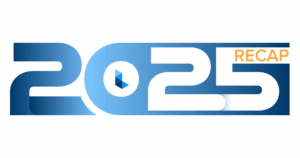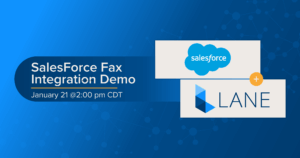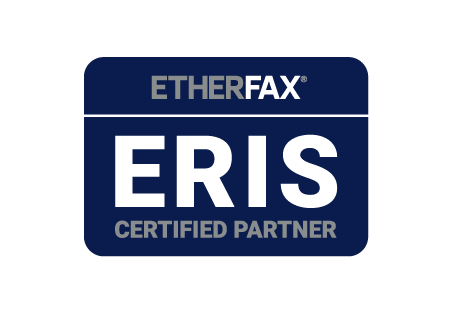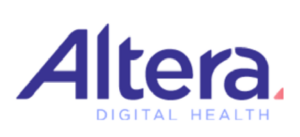More than just a form of communication, fax technology offers a glimpse into both the past and future of how we exchange information. Since its inception, faxing has undergone numerous transformations and innovations, paving the way for its continued use today. Here are some fascinating tidbits about fax technology that might surprise you:
The Worldwide Fax Market Will Reach an Astounding $5.47 Billion by 2028
Recent reports highlight that the global fax market is expected to hit $5.47 billion by 2028 (Yahoo). This growth is attributed to advancements in cloud computing, 5G technology, and IoT devices, with cloud and hybrid fax solutions leading the charge. Such technologies have transformed how businesses send and receive faxes, thereby allowing this technology to persist despite the advent of email and text messaging.
Faxing Remains More Secure Than Email
Despite the rise of digital communication, faxing technology is still considered more secure than email. It meets stringent security requirements by employing encryption measures to ensure compliance with regulations. Moreover, faxing utilizes fewer, more secure networks for transmission and offers features like audit trails to track transmission history and data, making it a trusted choice for exchanging sensitive information.
The Fax Machine Came Before the Telephone
Believe it or not, the telephone is predated by fax (ThoughtCo). Scottish inventor Alexander Bain patented the design in 1843 for an electric telegraph capable of transmitting images over wires—an early form of fax transmission. The telephone, a staple of modern communication, didn’t arrive until 33 years later. This would establish the interlinking of the two, as traditional fax machines would go on to use telephone lines for transmission.
Fax Hasn’t Always Been This Instantaneous
In 1968, sending a one-page fax took an average of six minutes (HP). Fast forward to today, and that same page can be transmitted in about 30 seconds. The evolution of fax technology has made this process significantly quicker, thanks to advancements in digital faxing and internet fax services.
Nearly a Third of Households in Japan Use Fax
In some places, faxing isn’t strictly used for business communication, as nearly a third of households in Japan still rely on fax machines (Statista). This technology is favored over email for its reliability and security, as faxes are sent over phone lines. For Japan’s older population, faxing remains a trusted and preferred method of communication, and is more cost-effective than internet-based options.
Dolly Parton Uses Fax as a Primary Means of Communication
A feature in People Magazine reveals that iconic singer-songwriter, Dolly Parton, is a staunch supporter of using fax in everyday communications. Even Dolly’s younger collaborators, like Miley Cyrus, must use it to coordinate with her (despite not owning a fax machine herself). However, we think Miley would be pleased to know that a traditional fax machine is no longer needed to send and receive faxes nowadays—in fact, internet fax services are available for as little as $9.95 a month!
Computer-Based Faxing Emerged Nearly 40 Years Ago
PC-to-fax technology was invented in 1985 by entrepreneur Hank Magnuski, who co-founded GammaLink. Their product, the GammaFax, was the first computer fax board and enabled computers to send and receive faxes over the same network as fax machines. This innovation paved the way for modern digital faxing capabilities, including global broadcast faxes.
Lane: Continuing Fax’s Centuries-Long Legacy
Whether you’re nostalgic for the past or excited about the future, faxing has something to offer everyone. With Lane, you can enjoy the best of both worlds, combining traditional fax technology with modern features like cloud integration, secure digital transmission, and mobile accessibility. Faxing may have been around for centuries, but with continued innovation and adaptation, it shows no signs of slowing down.



